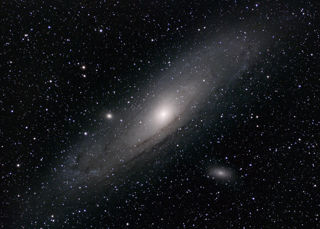
Chick Booster
Chick Booster
The Chick booster was a solid rocket motor. Three to four Chick boosters were used together as the first stage of the Skua sounding rocket. Skua was launched from a five-metre-long tube. The Chick booster burned for 0.2 seconds, propelling Skua through the tube and 20 metres into the air. At this point the first stage separated and fell back to the ground close to the launch site. The second stage ‘Bantam’ motor then fired for 30 seconds to launch the rocket to an altitude of about 65 kilometres. Later variants of Skua rockets reached greater heights, travelling into space.Sounding rockets are used to study the altitude band between 30 and 150 kilometres, which is too high for balloons but too low for satellites. Skua was developed in the early 1960s by Bristol Aerojet Ltd in collaboration with the Rocket Propulsion Establishment of the Ministry of Aviation. It was used to measure the temperature and winds at up to 80 kilometres of altitude.
The benefit of Skua was that it was a cheaper means of carrying out atmospheric studies compared to other larger, more complex sounding rockets available at the time, such as Skylark. Skua was only 12.7 centimetres in diameter. This meant that it could be launched more frequently and cover a wider geographical area. It made it easier to make regular observations, to build up a more comprehensive picture of atmospheric activity. Further developments produced variations of Skua, which were used for the UK’s space science programme.
All images:
More information
Object number
2000-63 2
Location
Off-site Storage
Has this object been into space?
No
Dimension - Dimension, Value, Measurement unit
Depth: 6.5cm
Height: 60cm
Width: 6.5cm
Object Production Organisation
Bristol Aerojet
Rocket Propulsion Establishment
On Display Status
In storage
Copyright and Photos
Photography is shared via the license below.
However, some objects on this website are on loan to the National Space Centre and are being shared through the permission of their owners.
Commercial use of images from this website is not allowed without additional permissions being granted. To request permission to use images for purposes not covered in the license below, please contact [email protected]
Individual objects on loan to the National Space Centre may have additional copyright permissions, so advice should always be sought before use.
![]()
This work is licensed under a Creative Commons Attribution-NonCommercial 4.0 International License.


